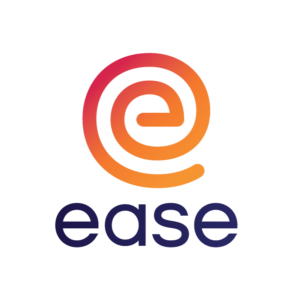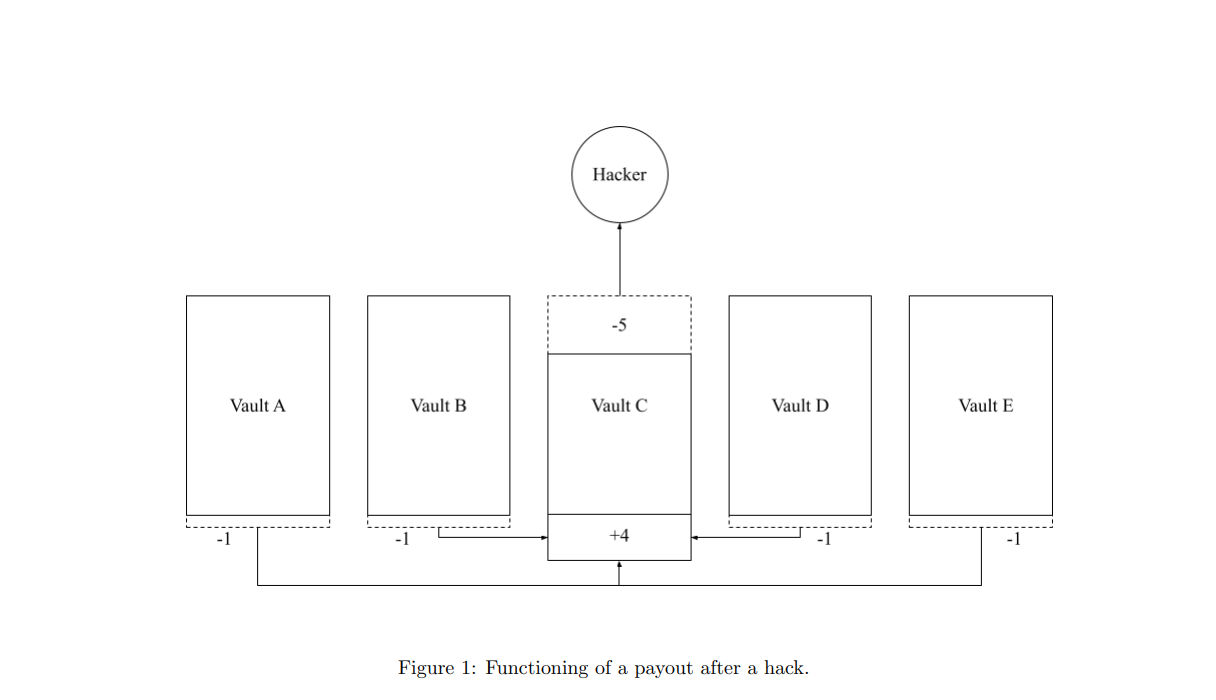1
Announcements [ANN] / [ANN] EASE DeFi - The New Paradigm Shift
« on: September 27, 2022, 05:15:37 PM »
Ease.org (previously Armor.fi) is a coverage protocol in the DeFi insurance sector that simply cnanges the rules of the game and brings a whole new paradigm shift to how yield bearing tokens are covered.
As Armor.fi, underwritten by Nexus Mutual, the project dived deep into the problems of the sector. It solved the problem of DeFi coverage not being entirely DeFi friendly. It provided solutions for circumventing Nexus Mutual's KYC requirement, which made a huge difference for all users! It also made Nexus Mutual's coverage freely tradeable, transferable and stackable - something a DeFi user naturally expected it to be from the beginning.
However, CEO Robert Forster saw giant problems in the whole fundamental principle of DeFi coverage. The future of DeFi coverage looked almost non-existent, as the whole model is extremely unfit for the blockchain and resembles a game of musical chairs for every participant. I've outlined this in the "Reciprocally Covered Assets - The Future of DeFi Coverage? thread" --> https://www.altcoinstalks.com/index.php?topic=280305.0
And ff you haven’t already, you can read the full RCA Whitepaper here: https://ease.org/learn-crypto-defi/get-defi-cover-at-ease/ease-defi-cover/rca-uninsurance-whitepaper/
Previously an underwritten coverage aggregator, the implementation of the RCA principle put Armor.fi on the path of a strong evolution, turning it into a DeFi coverage provider itself... as well as a first mover for the biggest innovation in the sector. Hence, the protocol rebranded to Ease.org and has just completed the last phase of this transformation, launching its new $EASE and $gvEASE tokens on September 26th!

To DeFi with Ease - The New Paradigm Shift
With Ease, coverage has never been more approachable. The protocol is heavily focused at providing a safe haven for all crypto newcomers and crypto newbies entering the field of DeFi farming.
Ease builds an ecosystem of DeFi protocols that are heavily audited and thoroughly inspected for reliability and security. All crypto newcomers who still lack orientation in the blockchain jungle or don't have the means to conduct a deep research themselves, can be confident that by browsing Ease's list of covered protocols, they are making a sound and reasonable choice for DeFi farming.
Some DeFi protocols can be quite confusing. For example, even experienced crypto-natives can rarely describe how the Curve ecosystem functions without stuttering, and with additional protocols built on top of previous functionalities things get truly convoluted! It's often a challenge for a crypto newbie who just entered DeFi to buy yield bearing tokens on their native platforms, then transfer them to a coverage protocol and deposit them in order to receive secondary or tertiary token representations, let alone do that in scale.
At Ease, newcomers will be able to enter DeFi farming by directly buying ezTokens - these are yield-bearing tokens with inherent coverage against hacks. On top of it all, Ease offers auto-compounding of the underlying assets, which saves you many gas fees for constantly restaking your gains. With Ease, you can just Set-and-Forget!
And - because of the Reciprocally Covered Assets - all coverage offered by Ease is totally free! Ease users never pay premiums for keeping their assets safe. In the event of a hack, the cost everybody pays is but a fraction of the total cost of all monthly premiums one needs to pay on the TradFi underwritten model (all of this is based on historical research of past hacks data). Considering such an event may never happen at all, there's no better place for starting your DeFi farming business than Ease.org.
The new Growing Vote model
The $EASE token is special too! You can use it to influence the amount an RCA vault will be slashed for in case a hack occurs, further decreasing the eventual cost of coverage, potentially reaching 0%.
$EASE can be staked, which turns it to $gvEASE. Gv stands for growing vote, inspired by the Curve system. The longer the user holds $gvEASE, the more his voting power in the DAO grows, reaching a maximum of additional 100% in the time of 1 year. $gvEASE also brings yields to the staker in the form of bribes for leasing its power to other entities who wish to influence the coverage of their vaults. Thus $gvEASE is a revenue vector for holders without being subjected to inflation as the max supply of both Ease tokens is never diluted!
Ease.org changes the whole image of DeFi and opens new and original opportunities for business and innovations! If you are still wondering how Ease is going to surpass it's competitors that still bet on the TradFi model, the simple truth is summarized on our Competitive Differences page --> https://ease.org/learn-crypto-defi/get-defi-cover-at-ease/ease-defi-cover/competitive-differences/
Find out more:
our Homepage - https://ease.org/
our Team - https://ease.org/about-ease-defi/the-team-at-ease/
the RCA model (Whitepaper) - https://ease.org/learn-crypto-defi/get-defi-cover-at-ease/ease-defi-cover/rca-uninsurance-whitepaper/
the $EASE and $gvEASE tokens - https://ease.org/learn-crypto-defi/get-defi-cover-at-ease/token-documentation-get-defi-cover-at-ease/what-is-gvease/
Stay tuned for Ease news - https://ease.org/about-ease-defi/news/
Join our socials:
Discord - discord.gg/8HuTB22
Telegram - https://t.me/Armorfi
Twitter - https://twitter.com/EaseDeFi
Special Thanks to Altcoins Talks' Moderator Team for being responsive and supportive! Cheers!




 Latest news:
Latest news: 





 Shop
Shop
 Bidding Open
Bidding Open
